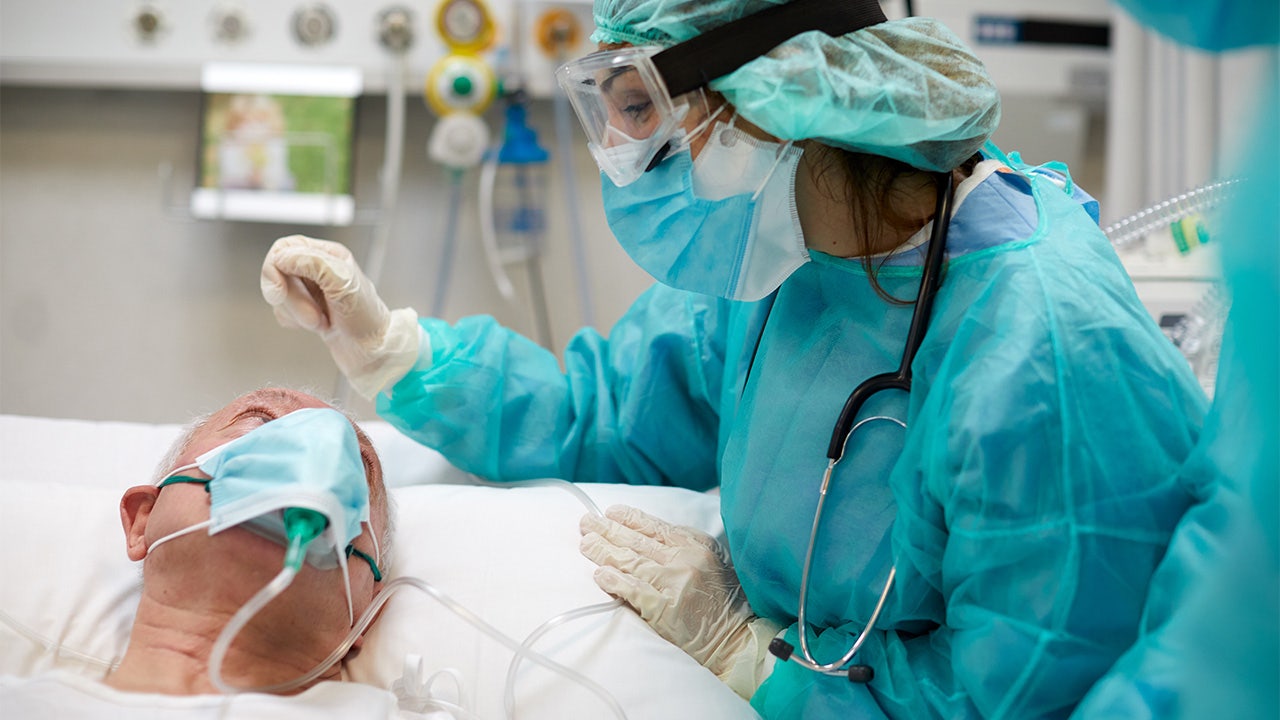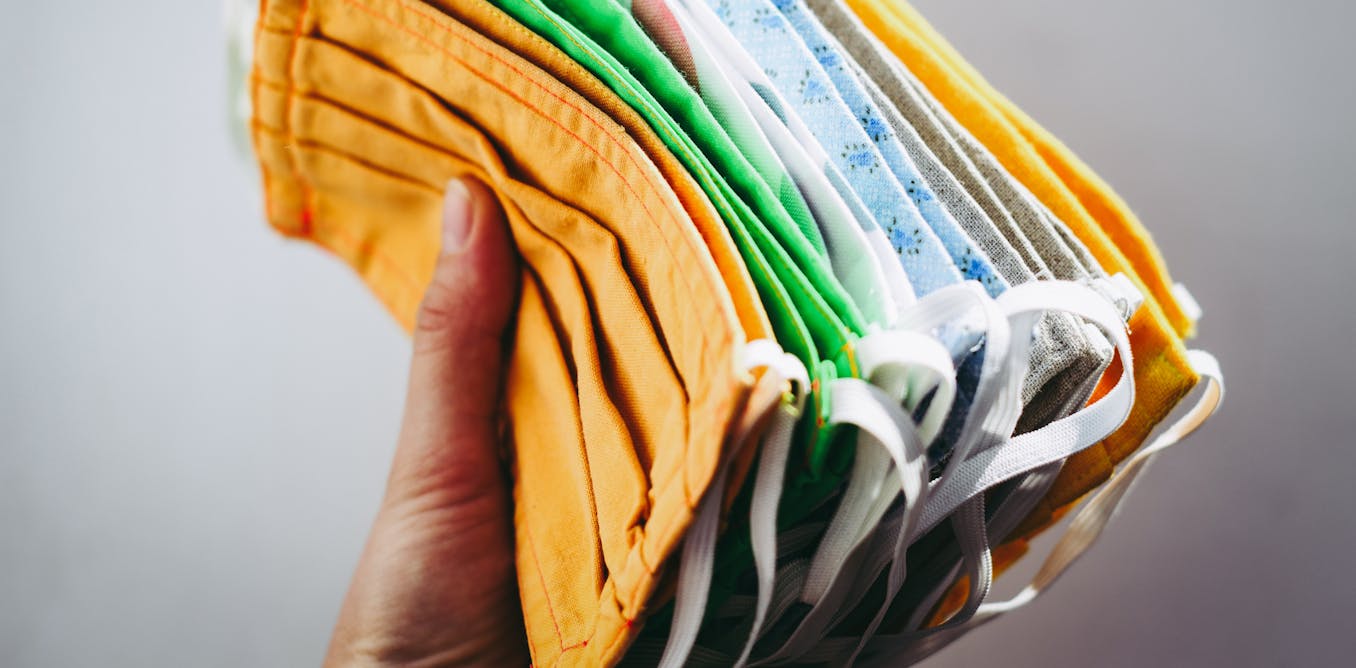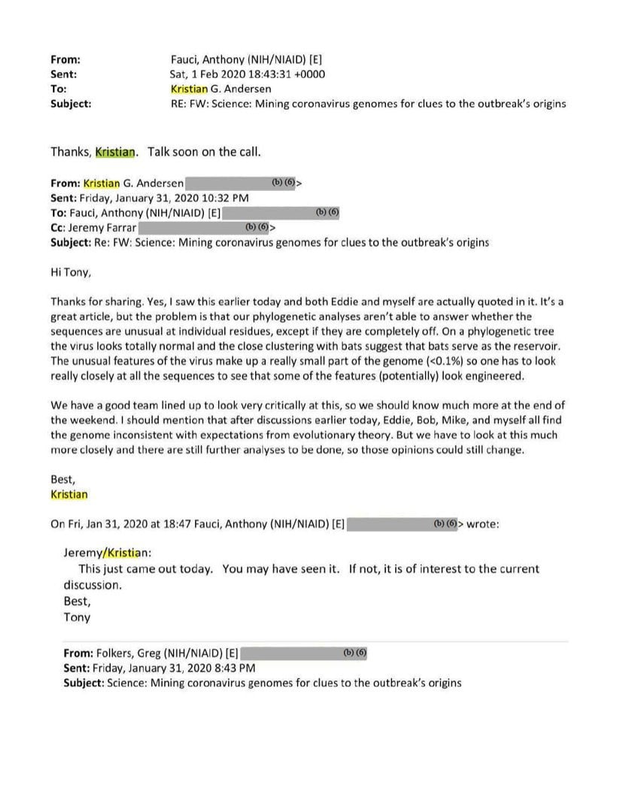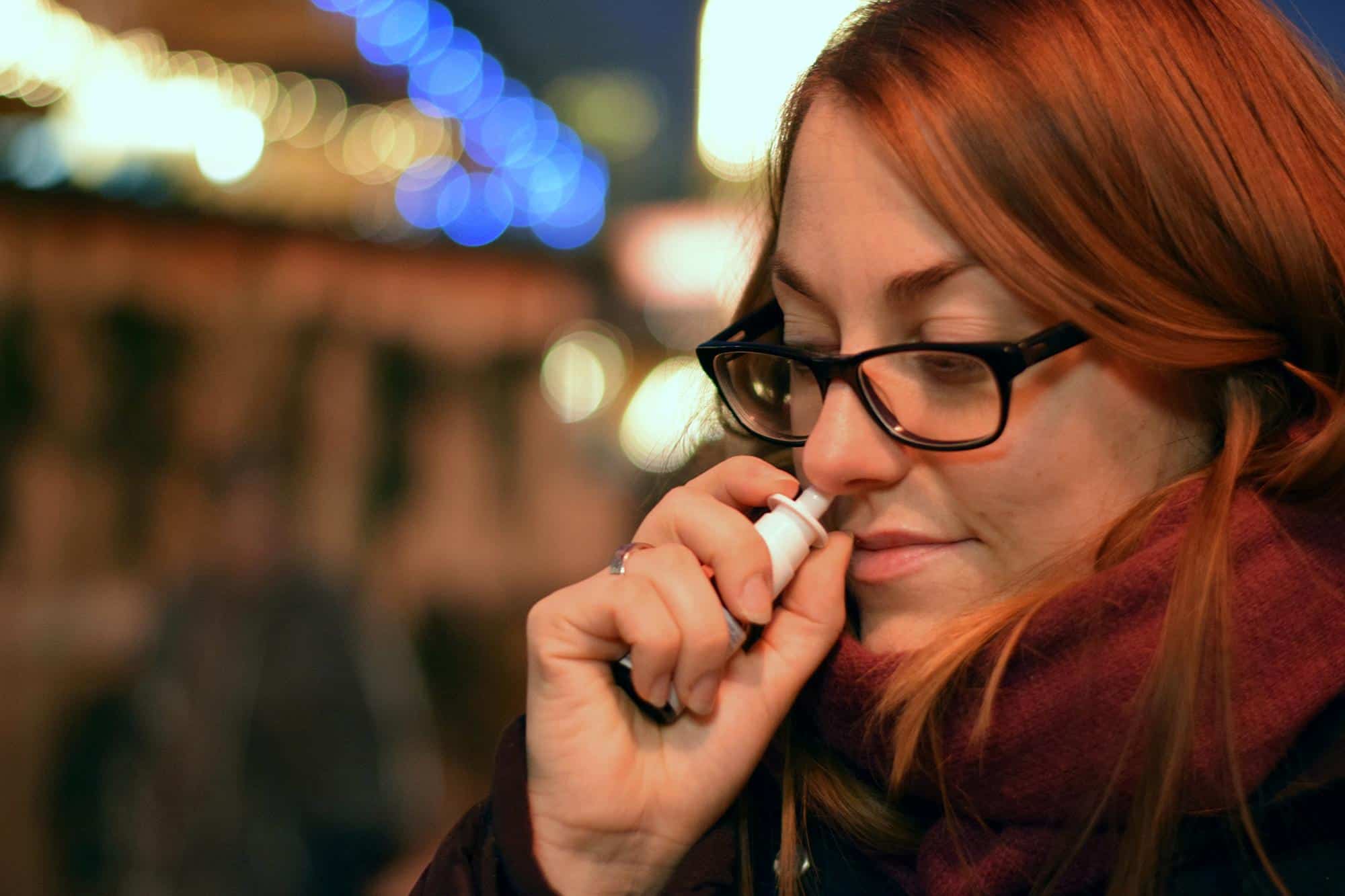Thanks for sharing. I did indeed miss that before.
Could you help me understand the result tables?
Effectiveness of Face Masks in Preventing Airborne Transmission of SARS-CoV-2
This is what the text says:
For example, look at F, in which both mannequins having no masks is the control bar value (100, 100) but with cotton masks the numbers below the bars, which are supposed to indicate the percentages relative to the control bar values, say "57, 57," which I take to mean that the detected viral titer (load) and viral RNA are both 57% of the control bar value, but the bars do not appear to indicate that? Viral titer of the control bar in this example appears to be around log10(5) , or 0.69897 PFU, whereas with cotton masks it's probably around log10(4.8), or 0.68124 PFU, which seems to be more like a 3% reduction. Why does it appear to be claiming a 43% reduction?
I'm assuming I'm just not understanding something correctly here, so I would appreciate if you could explain what this is showing in a bit more detail.
The Y-axis is a logarithmic scale not a linear scale. A log scale is used when the numbers are really large in difference which would make your graph look weird. Here are a couple of helpful videos explaining this:
You can also find larger pictures and additional observational text in this link:
Airborne simulation experiments showed that cotton masks, surgical masks, and N95 masks provide some protection from the transmission of infective SARS-CoV-2 droplets/aerosols; however, medical masks (surgical masks and even N95 masks) could not ...

www.ncbi.nlm.nih.gov
Viral loads in the inhalation droplets/aerosols were inversely proportional to the distance between the virus spreader and the virus receiver; however, infectious virus was detected even 1 m away (
Fig. 2A). The blue bars and the brown bars in the figures show the viral titers and viral RNA copy numbers, respectively. The numbers below each bar show the percentages relative to the leftmost control column values. When a mannequin exposed to the virus was equipped with various masks (cotton mask, surgical mask, or N95 mask), the uptake of the virus droplets/aerosols was reduced. A cotton mask led to an approximately 20% to 40% reduction in virus uptake compared to no mask (
Fig. 2B). The N95 mask had the highest protective efficacy (approximately 80% to 90% reduction) of the various masks examined; however, infectious virus penetration was measurable even when the N95 mask was completely fitted to the face with adhesive tape (
Fig. 2B). In contrast, when a mask was attached to the mannequin that released virus, cotton and surgical masks blocked more than 50% of the virus transmission, whereas the N95 mask showed considerable protective efficacy (
Fig. 2C). There was a synergistic effect when both the virus receiver and virus spreader wore masks (cotton masks or surgical masks) to prevent the transmission of infective droplets/aerosols (
Fig. 2D and
andEE).
We next tested the protective efficacy of masks when the amount of exhaled virus was increased. The viral load was augmented to 108 PFU and exhaled by the spreader; then the uptake of the virus droplets/aerosols was measured when various types of masks were attached to the receiver. As with the lower viral load (5 × 105 PFU) shown in
Fig. 2B, the N95 mask sealed with adhesive tape showed approximately 90% protective efficacy (see
Fig. 2F and
andGG for a comparison of two N95 products). When the amount of exhaled virus was reduced to 105 PFU or 104 PFU, infectious viruses were not detected, even in the samples from the unmasked receiver (
Fig. 2H and
andI).I). Viral RNA was detected in all samples; however, due to the quantitative decrease, there was no difference in protective efficacy among all of the masks, including the sealed N95 masks.
Our airborne simulation experiments showed that cotton masks, surgical masks, and N95 masks had a protective effect with respect to the transmission of infective droplets/aerosols and that the protective efficiency was higher when masks were worn by the virus spreader. Considerable viral loads have been detected in the nasal and throat swabs of asymptomatic and minimally symptomatic patients, as well as those of symptomatic patients, which suggests transmission potential (
4). Accordingly, it is desirable for individuals to wear masks in public spaces. Importantly, medical masks (surgical masks and even N95 masks) were not able to completely block the transmission of virus droplets/aerosols even when fully sealed under the conditions that we tested. In this study, infectious SARS-CoV-2 was exhaled as droplets/aerosols and mask efficacy was examined. To allow quantification, we conducted our studies by using a relatively high dose of virus, and under these conditions, it is possible that the protective capacity of the masks was exceeded. Although the efficiency of detecting infectious virus was reduced when the amount of exhaled virus was reduced, viral RNA was detected regardless of the type of mask used. These results indicate that it is difficult to completely block this virus even with a properly fitted N95 mask. However, it remains unknown whether the small amount of virus that was able to pass through the N95 masks would result in illness.
It has been reported that the stability of the virus in the air changes depending on the droplet/aerosol components, such as inorganics, proteins, and surfactants, suggesting that the permeation efficiency of masks is also affected by the components of viral droplets/aerosols (
5,
6). In our experiments, the virus was suspended in culture supernatant without fetal calf serum or was diluted with phosphate-buffered saline. Further detailed analysis will be required to reveal the precise relationship between the protective efficiency of masks and the components of viral droplets/aerosols.
Our data will help medical workers understand the proper use and performance of masks (e.g., the importance of fitting masks and avoiding their reuse) and to determine whether they need additional protective equipment (e.g., a negative-pressure room or positive-pressure masks) to protect themselves from infected patients.


















